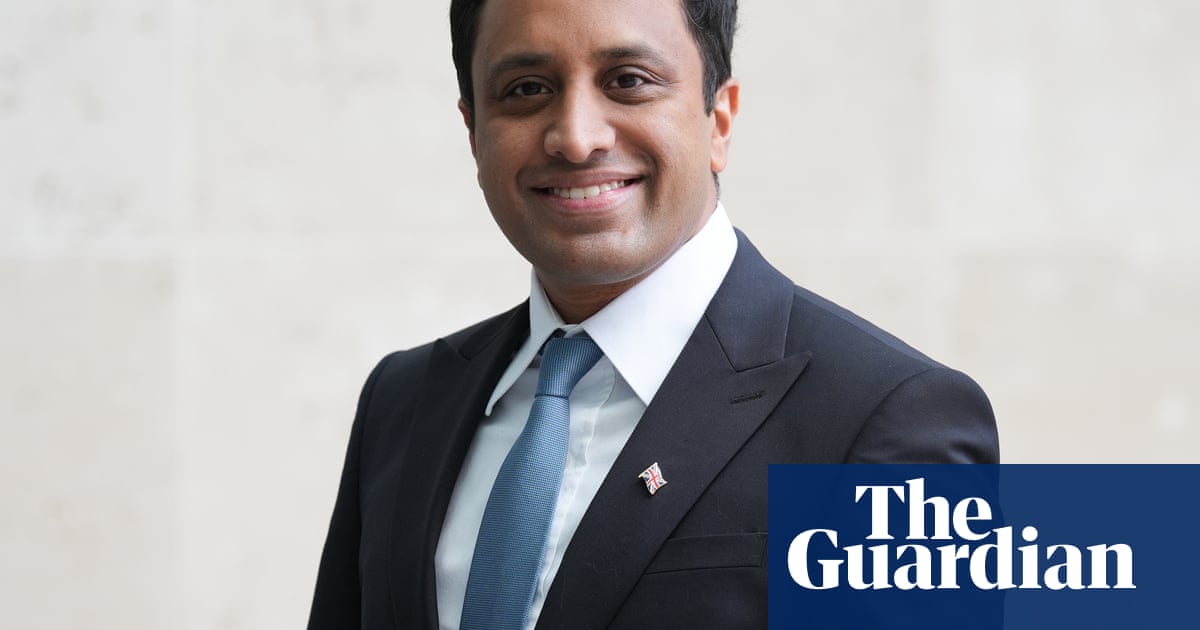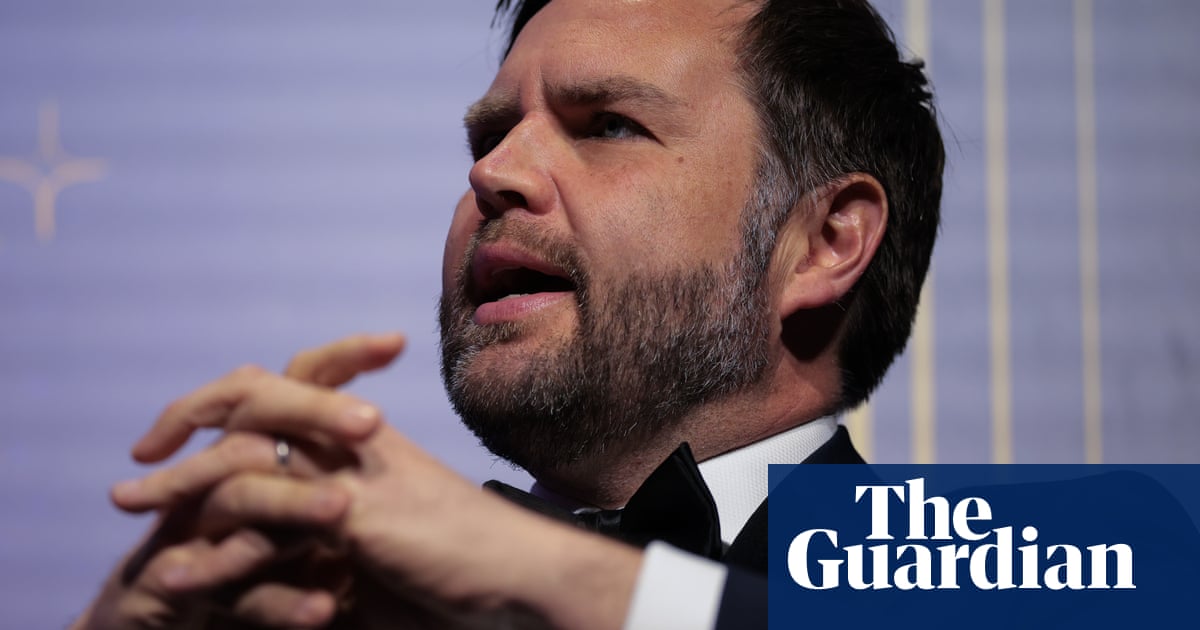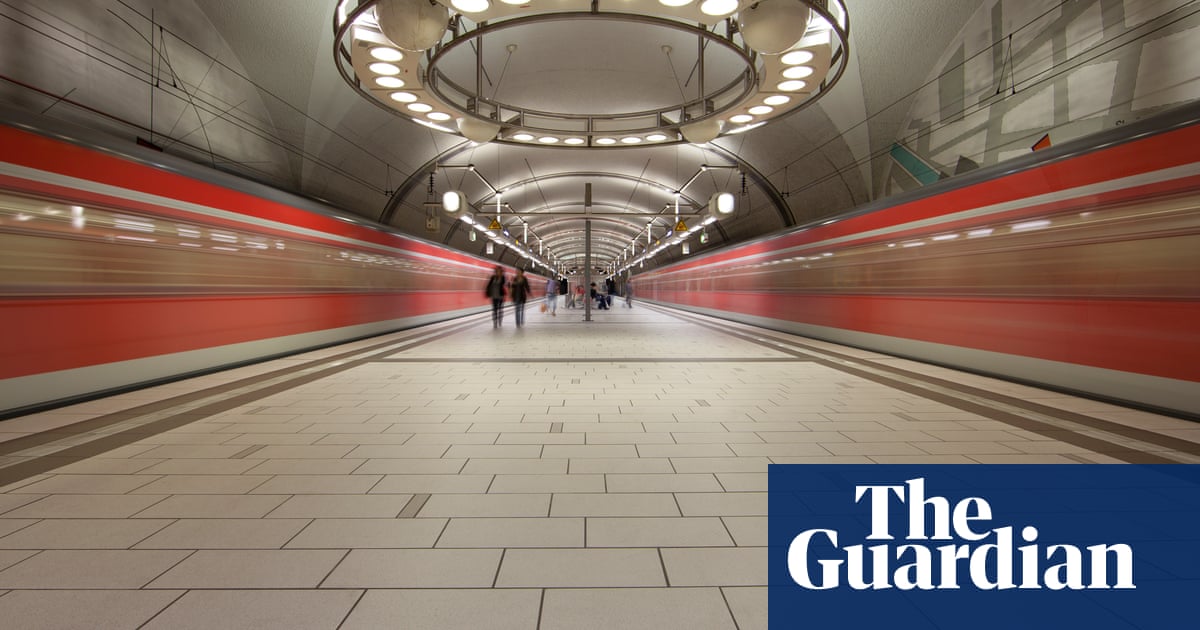In 2020, Donald Trump scrapped the North American free trade agreement, replacing it with the “United States Mexico Canada agreement”, which he bragged was “the fairest, most balanced, and beneficial” trade deal ever. That agreement between the three nations explicitly bans tariff hikes beyond what was agreed. Yet, on his return to the White House, Mr Trump immediately threatened steep levies on goods from Canada and Mexico – the US’s key allies – retreating only after they made token concessions on drugs and illegal immigration. Now, he’s vowing fresh steel and aluminum tariffs, a direct hit on Canada.
Mr Trump is exploiting presidential emergency powers to push these tariffs with no real constraints. The bottom line is the US is breaking its word. Friends, such as the EU and the UK, as well as opponents like China are also under threat. Allies will think twice before signing deals with Washington, fearing future betrayals. Yet Mr Trump’s administration doesn’t care – it thrives on defying global norms. Skipping this year’s G20 summit – citing host South Africa’s focus on diversity, equality and climate action, alongside Elon Musk’s fixation on white South African farmers – Mr Trump’s team is mulling an exit from the IMF and World Bank.
The US has been the linchpin of postwar order. It controls the world’s financial, technological and military networks. While rival parallel systems are emerging, nothing yet seriously challenges US dominance. But Mr Trump’s talk of American strength through isolation obfuscates his immediate political objective: to repackage corporate power as economic populism. Mr Trump sells tariffs as a shield against globalisation, claiming to protect workers – while actually boosting Wall Street profits. Most wealthy nations – including the US – used industrial policies, export subsidies and tariffs to build their economies before shifting to consumption-driven growth. The US went the furthest in this regard, hollowing out its industries to a far greater extent than Germany and Japan.
China has yet to fully shift toward a consumption-driven economy. Yet Mr Trump has convinced many Americans that globalisation alone fuelled China’s rise at their expense – a deliberate distortion. It is true that imports from China cost 3.7m US jobs, mostly in manufacturing. But that’s a tiny fraction of the 170-million-strong US workforce. Since 1970, US imports as a share of GDP have risen from 5% to 15%, yet inflation-adjusted per capita GDP has tripled.
Globalisation proved a golden age for the few not the many. US labour protections were dismantled and median wages stagnated. Since 1970, the top 0.5% doubled their share of US wealth, now controlling 30% of the nation’s total assets. Mr Trump’s biggest first-term policy win was a $1.9tn tax cut – a giveaway to millionaires and corporations. But it was temporary and set to expire this year. Now, the White House wants to make it permanent, at a cost so high – $4.6tn – that nothing else could get done.
Since 2016, both parties claim to back trade policies that help US workers by levelling the playing field. But, so far, Mr Trump’s tariff threats are mostly political theatre. He postures as tough on trade while his main policy goal is to keep funneling wealth to the elite through pursuing trickle-down economics on steroids. The US didn’t lose to globalisation – it was sabotaged from within. Politicians, especially Republicans, rigged the system to serve capital over labour. Mr Trump blames foreigners to mask the real betrayal – an ongoing con at home.

 3 months ago
83
3 months ago
83

















































